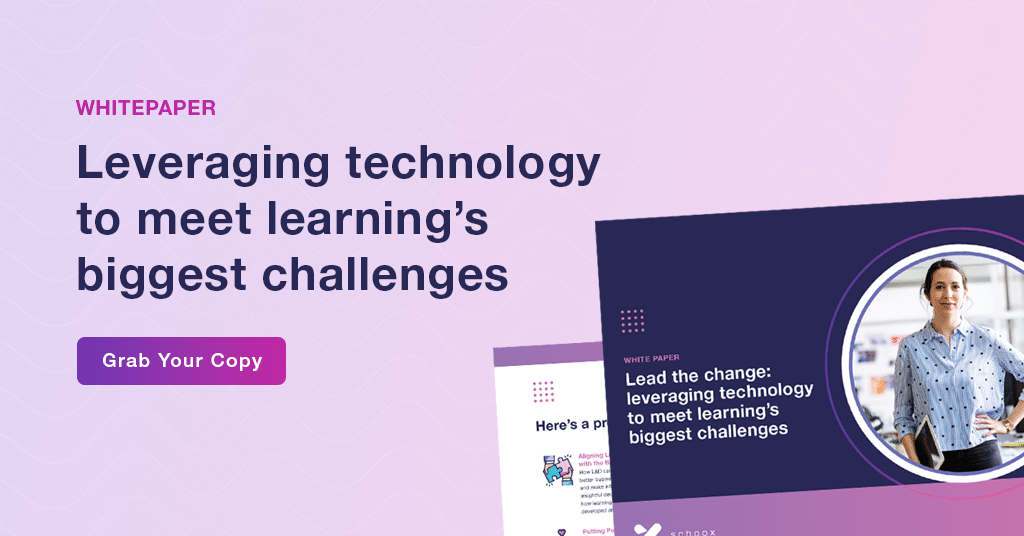23 July 2021
5 Min Read

Today’s organizational structures—and work environments—are vastly different than what they were decades ago.
As the importance of talent development increases in today’s workplaces, companies need learning programs that can adapt to the needs of evolving business structures, personnel changes, and complex relationships.
To achieve this, companies should focus on the backbone of their learning management system (LMS). The “backbone” of an LMS is based on a company’s organizational structure and is also known as a “hierarchy.”
The future demands flexibility and innovation
Over the past several decades, the business world has been slowly replacing traditional top-down management hierarchies with more decentralized, flexible “networks.”
These new forms of business organization are based on several changes impacting today’s workforce. For example, changes with digitization, flexible work schedules, demographics and worker expectations, the demand for autonomy, decentralized decision making, and measurement by objectives and key results (OKRs) instead of key performance indicators (KPIs).
Learning technologies have also been impacted by these changes. In fact, the monumental changes that the business world and workforce faced over the past year and a half have catapulted LMSs into the spotlight. Learning solutions are now a critical “must have” for today’s workplaces.
However, many of the learning systems available make it harder, not easier, for companies to configure their system to adapt to evolving business challenges, and provide flexible and innovative learning opportunities to their employees.
Clearly, organizations need a more modern learning solution with capabilities that allow them to easily define their unique organizational structure within their LMS, and be able to adjust it quickly when there are inevitable changes to your business needs.
Most LMS platforms are built around an outdated organizational structures
No two organizational structures are alike. In the past, most businesses operated in a traditional pyramid organizational structure. But today, business structures are not always so linear.
Modern organizational structures are complex and networked at multiple levels. They include non-linear relationships between business units. For example:
- More than one retail concept or brands
- A mix of franchisee- and corporate-owned stores
- Locations in multiple countries
- A mix of partnerships
This complexity presents a real challenge for most LMS platforms because most still only support the 50-year-old pyramid-style organizational structure.
Thus, if your unique business structure doesn’t fit this “box,” you risk having to spend excessive amounts of time and money creating workarounds, resulting in a wide range of business limitations and missed opportunities.
In the end, all of these challenges mean one thing: Your LMS doesn’t work for your unique organizational structure. And because of this, your learning programs suffer.
LMS hierarchies should be designed for the new world of work
In today’s organizational structures, your learning platform, and the LMS hierarchy informing it, should do three things:
- Empower employees
- Streamline management
- Be adaptable and flexible to change
Currently, most LMSs only support person-to-person relationships . But an LMS hierarchy suited for modern organizational structures should support person-to-person, organization unit-to-person, and person-to-organization unit relationships .
This opens up the opportunity for hyper-focused levels of communication, learning content, information sharing, reporting, and much more.
For example, an individual employee at a franchise restaurant store may need to be connected at the same time to the franchise location, a multi-unit owner office, a regional group, a territory, or country. The regional manager for that franchise group may only want to send targeted communications or assign learning to all the stores in one city, but they should easily have access to personnel data, training results, and communications of their entire region.
The impact of an LMS hierarchy for modern organizational structures
An LMS hierarchy impacts the efficiency of every function within the learning system. To that end, a modern LMS hierarchy affords organizations many more possibilities and pathways for success with their learning programs.
For example:
- Permissions. You can target content and course sharing to employees with precision, or create custom job permissions instead of relying on the LMS predefined roles.
- Approvals. You can give employees control over their learning experience—and keep the right governance in place—to build greater work satisfaction.
- Learning assignments and content. You can assign courses, curricula, and events more quickly to an entire cross-functional group versus person by person, or relying only on obvious business groupings, like department or job role.
- Communication and social collaboration. You can target employee engagement by regions, areas, and groups for better team building.
- Performance and goals. You can define relationships to drive a more proactive employee review and approval process.
- Reporting. You can choose exactly which data you will share with whom across the organization.
Summary
If you plan to purchase or upgrade your LMS, remember to take the hierarchy component of the system into account. Make sure it can support today’s demands as well as your organization’s unique and ever-evolving needs.
Schoox is the only learning solution provider that supports how your employees work today, how your managers need to manage, delivers flexibility as you grow and change, and provides actionable, data-driven insights to support your success.
See how simplifying the complex sets you up for long-term success…

RELATED RESOURCES



